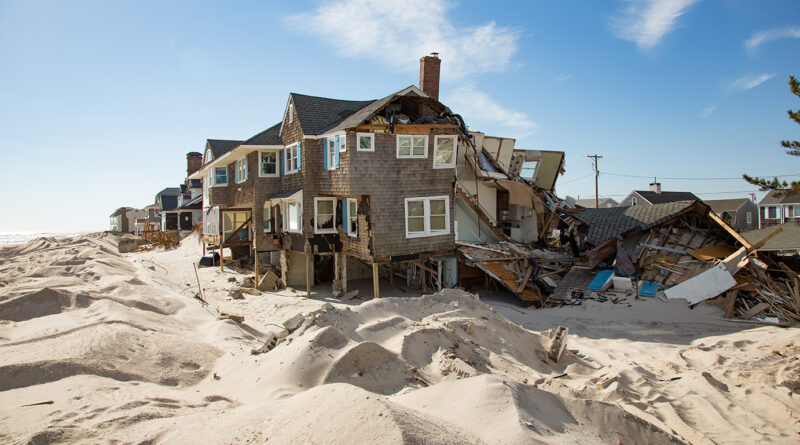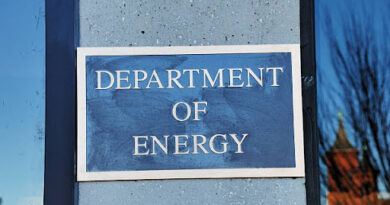Mitigating Hurricane Damage and Protecting Local Citizens
Hurricane season is approaching and outdated infrastructure, buildings are falling below current codes, thus increasing storm intensities and are to leave many coastal neighborhoods in dire straits.
However, there is hope yet. Making great strides in keeping residents safer, engineers are tamping down the accompanying damage and costs that these storms can cause with days of torrential rainfall, wind gusts topping 200 mph, and sea surges inundating coastal communities.
The official Atlantic Ocean hurricane season begins June 1 and ends Nov. 30, and those along the seaboard are getting ready like never before.
According to the American Society of Civil Engineers, In 2023, weather and climate records were shattered – including July weighing in as the warmest on historical record. Severe weather events ripped through the U.S., leaving extreme damages in their wake. The National Oceanic and Atmospheric Administration tallied the damage and found that 28 disasters had losses exceeding $1 billion each. In total, damages from climate and weather events in the U.S. cost $93.1 billion in 2023, with almost $7 billion in damages caused by flooding.
As the climate continues to warm, developers and engineers are using the latest in resilience and green engineering approaches to keep communities safer. Babcock Ranch, a new development in southwest Florida that was designed from the ground up with resilient and green engineering solutions, has been a poster community for how to resist hurricane damage. The community has survived multiple hurricanes, including a direct hit from Ian in 2022, with only minimal damage.



